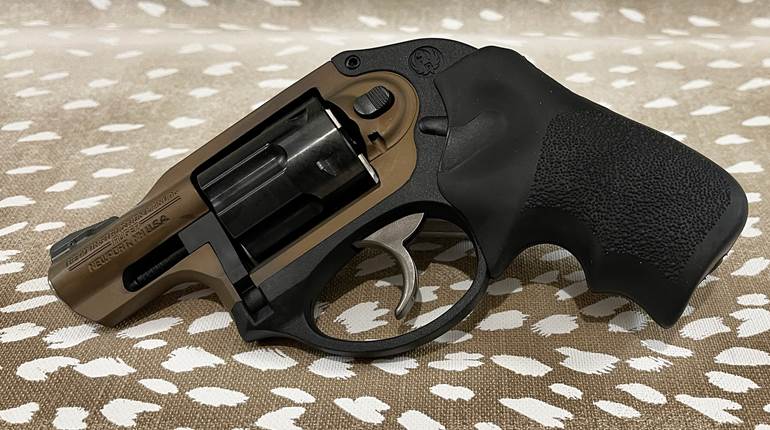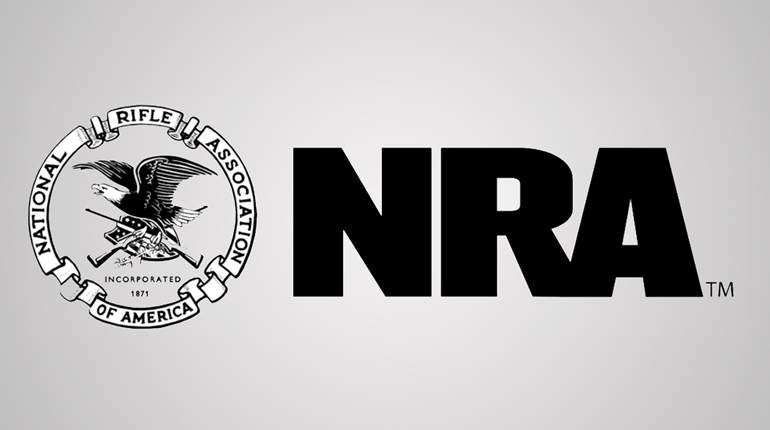 Here at the halfway point of Ruger’s 2 Million Gun Challenge, NRA-ILA’s war chest for the coming elections is growing in an inspiring new way, increasing by $2 with the sale of every new Ruger firearm on the way to a projected total contribution of $4 million.
Here at the halfway point of Ruger’s 2 Million Gun Challenge, NRA-ILA’s war chest for the coming elections is growing in an inspiring new way, increasing by $2 with the sale of every new Ruger firearm on the way to a projected total contribution of $4 million.
NRA Executive Vice President Wayne LaPierre praised Ruger for being part of the effort to take back the White House and expand pro-Second Amendment majorities in both houses of Congress next year. NRA-ILA Executive Director Chris W. Cox added, “[B]y supporting the NRA’s fight to defend the right to keep and bear arms, Ruger not only advances the rights of American gun owners and hunters—it also directly benefits the freedoms and safety of all Americans.”
Perhaps as noteworthy as Ruger’s generosity, is how this American company is extending itself, in a sense betting on itself, in making such a promise. The 2 million guns Ruger has pledged to build and sell in the year leading up to the 2016 NRA Annual Meetings is an unprecedented number. Four years ago the company stretched its manufacturing capacity to meet, and ultimately to exceed, its original Million Gun Challenge. The 1.4 million Rugers produced then smashed the firm’s previous annual record, and now with the bar set even higher, it’s clear that all 1,843 Ruger employees are fully committed to meeting the objective.
In a conversation with Ruger CEO Mike Fifer (watch here or in the above video), NRA Editorial Director John Zent learned about the corporate transformation that is making this ambitious undertaking a reality.
Zent: Is this a good time to be an American gun manufacturer?
Fifer: This is a really good time to be an American gun consumer. In the past 10 years, as Ruger innovated, we’ve brought out lots of good products, and the best part is our competitors have started to follow. If you like guns, it’s never been better, and so when the consumer base is energized and excited, then it’s a lot of fun to be a manufacturer.
Zent: How have you balanced your goal to reshape today’s market while staying true to Ruger’s tradition of quality firearms at great value?
Fifer: Our founder, Bill Ruger, set the tone early on when he decided he was going to make an utterly reliable, honest, workingman’s gun for about a week’s pay, and we have stuck to that. Ruggedness and reliability are the keystones, and we strive for great value in continuing to develop new products that always fit their market segment. Among my concerns now are: Would Bill Ruger be proud of this? Are we doing the right thing? That’s key in all of our product development.
Zent: Rapid growth, corporate or otherwise, can be difficult, yet it seems Ruger has taken that in stride. How are you managing to do so?
Fifer: About eight years ago, we decided to adopt “lean” [processes] throughout our company. It is most noticeable in manufacturing. The key to going lean is eliminating waste, which frees up all kinds of resources. Whether it’s space, equipment, people, cash or inventory, it gives you back a lot of resources, and we reinvest those. This is why we’ve been able to grow so fast both on the product development side and then build lots of those new products. We’ve gone from eight years ago producing 450,000 or so guns to our goal this year of 2 million.
Zent: We’ve heard you speak about how a company’s structure affects the products it makes. How is Ruger dealing with that?
Fifer: My experience, starting when I was in the Navy on submarines, and through different industries, convinced me that smaller organizations work better. It’s more personal, you get to know everyone and you get to know their families and all the stories. It’s a lot easier to get everyone to pull the oars in the same direction.
When it gets too big—and for me, when that exceeds 500 people and certainly over 1,000—there is no way to know everybody or know what’s going on, and different groups of people are working in different directions. You get a lot of inefficiencies. I believe we’re better off with smaller factories, say 500 people, than with one big facility with thousands of people. When it’s personal, everyone cares and that translates directly to higher-quality products because someone’s name is on that gun when it leaves the building. They care about it.
Zent: Given all that, your ability to build increasingly large numbers of quality products, what makes you so confident that gun owners, who come with all different interests and ideas about what they want, will choose to buy so many new Rugers over the span of the 2 Million Gun Challenge?
Fifer: Since the 2012 NRA show we’ve brought 31 major new products to market. I think that’s more than the rest of the industry combined, and we’ve done so by reinvesting everything back in. When I joined the company nine years ago, we had 17 engineers [on board], now we have more than 100. We’ve invested a lot of effort, we now have product managers, we’ve spent a lot of time listening to the customers. We actually go out and ask people what they want from Ruger. That’s a much easier way of doing business than just sitting in a factory trying to guess what they would like. So we ask, put the resources behind it, work very hard at it. And I get to test all the new products, that’s fun.
Every member can help the 2 Million Gun Challenge succeed in providing NRA-ILA with badly needed funds to elect pro-gun candidates. When shopping for a firearm or advising others in the market for one, please consider what Ruger has to offer. In fact, its selection is among the largest, most varied and highest-quality available. The Challenge extends to all of us.


























